
AI Agents Are Learning to Buy Ads. Here’s the Code They’ll Speak
AI Agents Are Learning to Buy Ads — The Advertising Context Protocol (AdCP) could rewrite the rules of modern ad creative, media and production.
The advertising industry loves its acronyms. CPMs, RTBs, DSPs, APIs — and now, AdCP. But this one’s different.
The Advertising Context Protocol isn’t just another integration spec. It’s a new language for how platforms, partners, and — increasingly — AI agents will talk to each other about media.
If that sounds abstract, picture it like this: instead of every ad platform having its own dialect, AdCP teaches them a shared vocabulary. The goal? A world where a single AI agent could plan, buy, and optimize ads across ecosystems without needing custom code for each.
💡 What AdCP Actually Is
Launched in October 2025 by a coalition including PubMatic, Scope3, and Yahoo, AdCP is an open-standard protocol — think of it as a universal translator for ad-tech systems.
It defines how platforms describe inventory, audiences, budgets, and performance in a machine-readable, consistent way.
That consistency is what allows AI agents (like the ones emerging across marketing workflows) to execute tasks like:
Creating cross-platform campaigns
Adjusting bids or targeting dynamically
Comparing CPMs across networks
Measuring performance — all in real time
AdCP makes advertising automation scalable.

AI Slop: What It Is—and How to Steer Clear of It
You’ve probably seen it. The warped hands. The uncanny smiles. The melted type on a “perfect” AI-generated ad. It’s called AI Slop—and it’s quietly creeping into social feeds, stock libraries, and brand visuals everywhere.
AI slop happens when speed overtakes intent. Instead of thoughtful creation, you get a slurry of half-formed images produced by models that have trained on their own mess. The result? Visual noise that erodes trust, muddles your message, and makes your brand look like everyone else (or nothing else at all).
But here’s the good news: you can use AI to move fast without falling into the slop trap. It just takes a little structure.
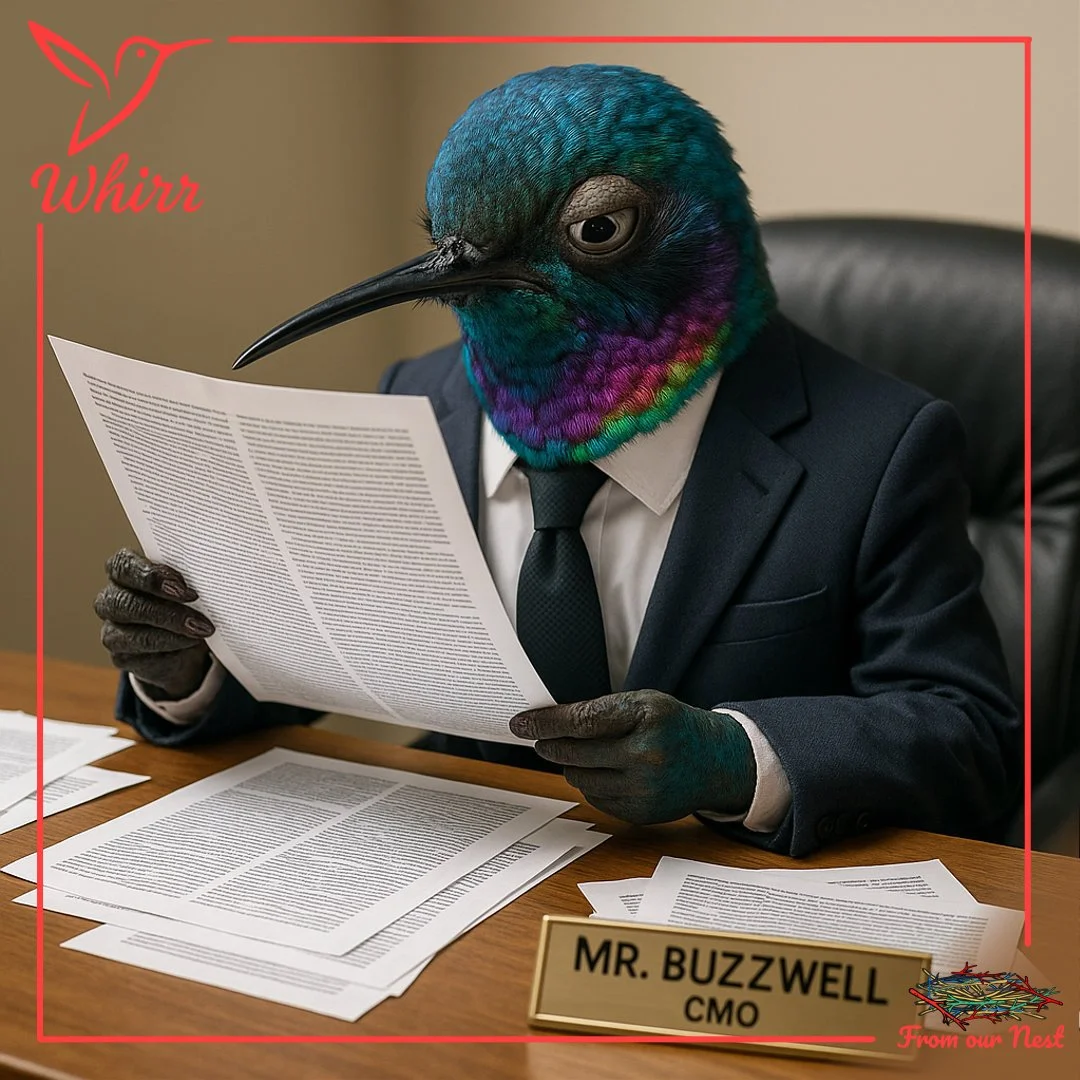
🧩 One-Page Post-Campaign Readout Clients Actually Use
🧩 One-Page Post-Campaign Readout Clients Actually Use
Because no one ever said, “I loved that 48-slide deck.”
📈 After the flight ends, the real story starts.
Every client wants to know: Did it work? But too often, the recap gets buried under slides, screenshots, and spreadsheets. The best readouts don’t overwhelm — they clarify. One page can tell the whole story if it’s built with purpose.
Here’s how to make a one-pager that clients actually read (and remember).

The Attention Era, Decoded: What Marketers Need to Do Now
For years, impressions and clicks defined digital success. But those metrics don’t measure what matters most: attention.
With the IAB and MRC, two governing bodies driving digital advertising standards, pushing new attention guidelines into the spotlight, brands can no longer afford to ignore the shift. This isn’t a passing buzzword—it’s the beginning of an attention economy where quality, not just quantity, wins.

🥠 Post-Cookie Pragmatism: Six Moves for Smarter Media
🥠 Post-Cookie Pragmatism: Six Moves for Smarter Media
The headlines have been noisy: third-party cookies “dying,” “delayed,” “resurrected.” But here’s the truth: cookies aren’t dead—lazy targeting is. Chrome’s shifting policies have forced every brand, big or small, to rethink how they connect with audiences. The winners won’t be the ones waiting for clarity. The winners will be the ones leaning into pragmatic moves right now.
Need a playbook for what to do right now? Whirr’s got your back!

📚The Case for Long-Form Content in a Short-Form World
📚The Case for Long-Form Content in a Short-Form World
Sep 22
Not everyone is a thumb-flicker. In the endless race to grab shrinking attention spans, brands often forget about the other audience — the people who pause, linger, and actually read. These readers may be fewer in number, but they’re deeper in value.
In 2026 and beyond, we think the “slow scroll” is where trust and resonance take root. Here are some tips that can reward and capitalize on that audience.

Orchestrating Paid, Owned, and Earned Media for Maximum Impact now and into 2026 🎯
In today’s dynamic digital landscape, orchestrating paid, owned, and earned media is the cornerstone of a winning integrated marketing strategy. Successful media orchestration means blending each channel to amplify reach, build brand trust, and drive customer conversions with effortless precision.
Ready to transform your media mix for bold, frictionless flight? Let’s dive in! 🐦🚀

🔮 The 2026 Forecast: Creative + Media Trends Brands Should Prepare For Now
The 2026 Forecast: Creative + Media Trends Brands Should Prepare For Now
If 2024 was the year of experimenting with AI and 2025 was about rethinking budgets, then 2026 will be the year of integration. Creative and media aren’t just colliding — they’re converging into something leaner, faster, and more audience-first than ever. For small and mid-sized brands, seeing what’s around the corner isn’t a luxury. It’s the difference between running to catch up and running out in front.
Here’s our forecast: six shifts already in motion that will define the creative and media landscape of 2026 — and what you can do today to prepare.

Why Agility Beats Size in Today’s Media Landscape
Why Agility Beats Size in Today’s Media Landscape
Small teams often feel outgunned in media. Big brands have bigger budgets, more people, and seemingly endless reach. But agility and smarts can outfly size. Being “lean but loud” is about making every move count — small teams can still punch above their weight when strategy leads the way.
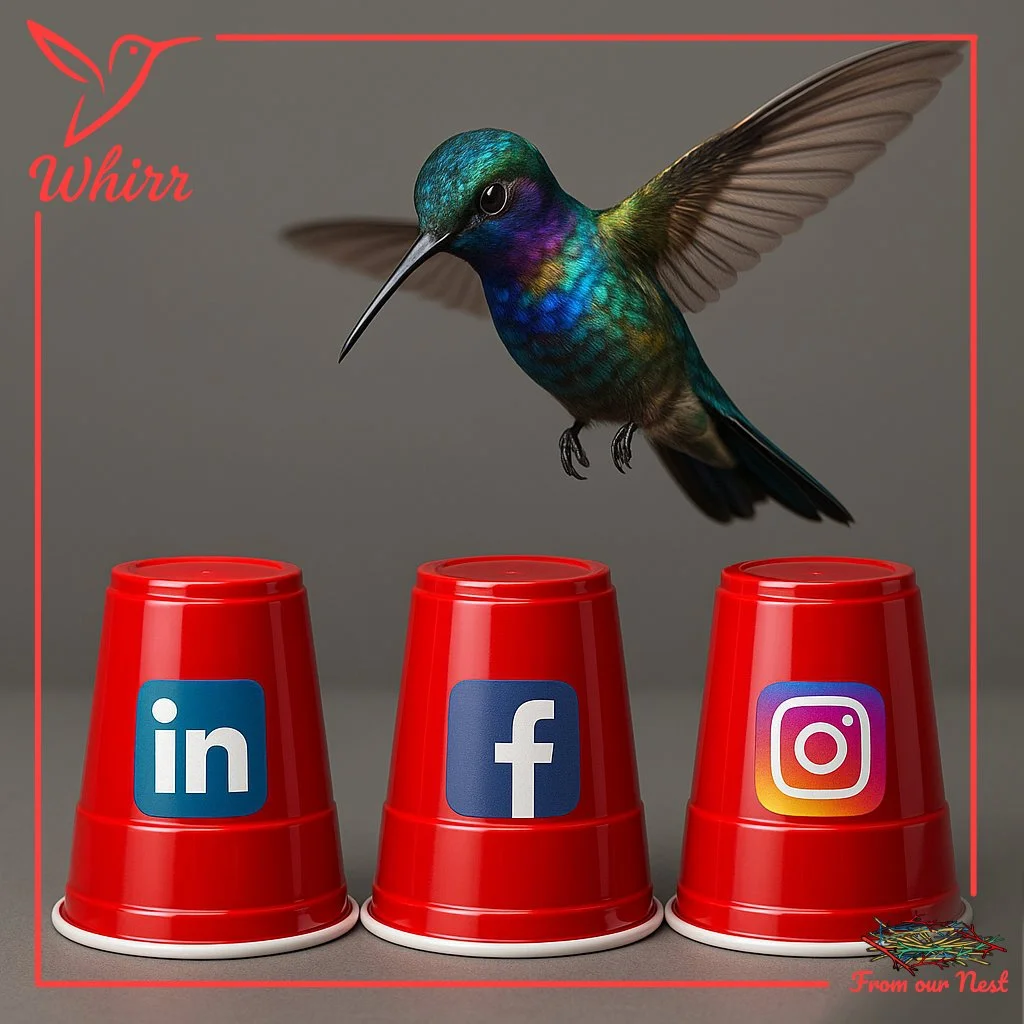
👉 LinkedIn, Facebook, Instagram… Oh My! Picking the Right Channels Without Burning Out
🐦 The Mirage of ‘Everywhere’
Small teams often feel like they have to be on every platform. But stretching across Threads, TikTok, LinkedIn, Instagram, and X usually leads to shallow execution and fast fatigue. Presence without purpose isn’t strategy — it’s noise.
🌵 Focus Beats FOMO
Your audience doesn’t live everywhere. They live somewhere. By understanding where your core customers spend their time — and why they’re there — you can confidently drop channels that don’t serve your business.
🪶 Bottom Line
You don’t need to “do it all.” You need to do what works. Smarter platform choices free up creativity, energy, and budget — so your team can show up with presence, not burnout.
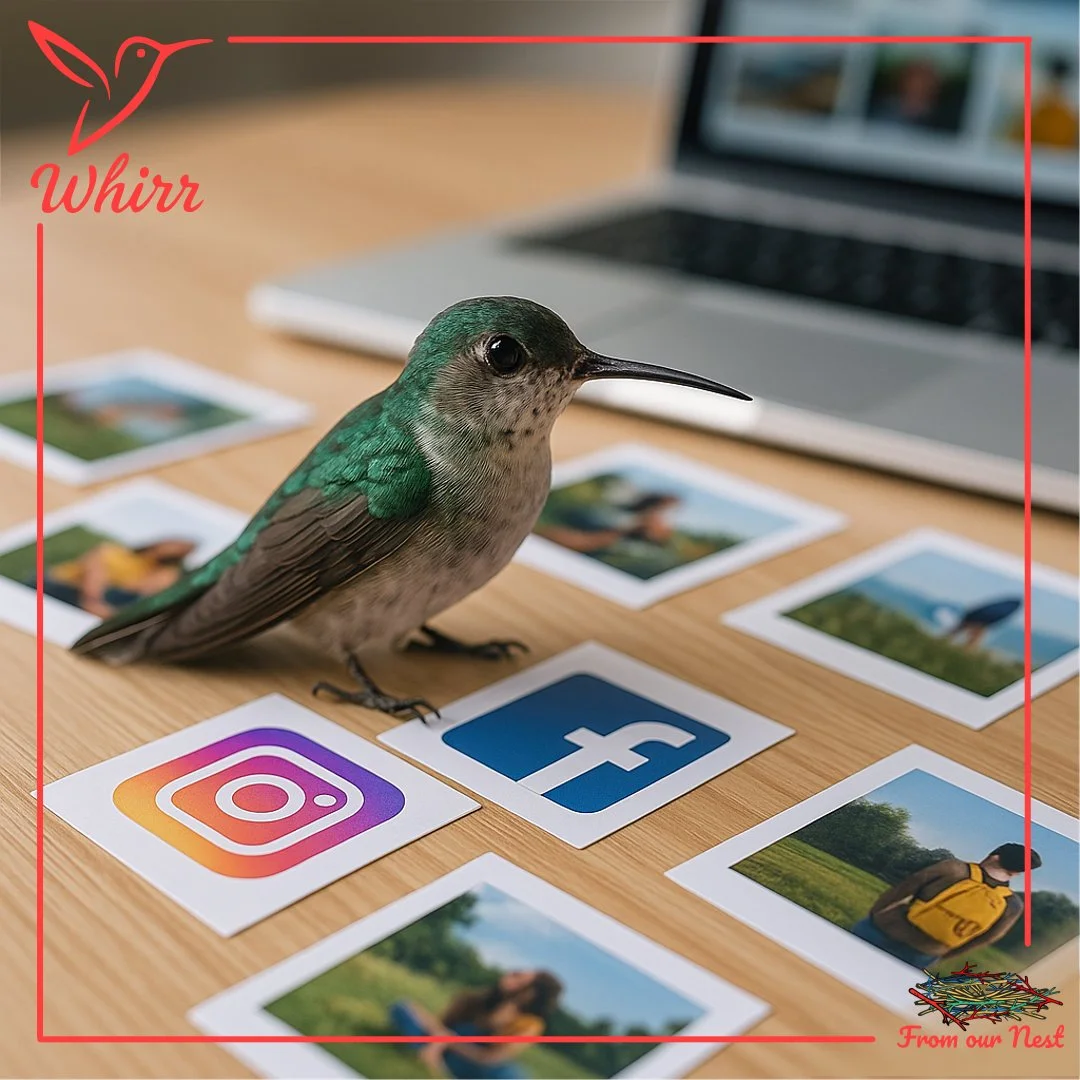
📝 Are You Posting or Planning? A Smarter Social Strategy for Small Teams
🚀 The Difference Between Chaos and Clarity
If your social media plan lives in your head, you’re not alone — but you are likely overwhelmed. Small teams wear a dozen hats, and content creation often gets pushed down the list until someone says, “Wait… did we post anything this week?”
It’s time to move from reactive to intentional.
🧭 Why Small Teams Need a Social System
When your team is small (or it’s just you), planning isn’t a luxury — it’s a survival tool. A repeatable system reduces decision fatigue, keeps your content aligned with your brand, and prevents that last-minute scramble to post “something… anything.”
Planning is momentum.

🌀 The “Always On” Brand: How to Create a Media Presence That Doesn’t Sleep
Consistency can be a brand’s most under-rated superpower.
📣 In today’s media landscape, audiences don’t wait around. They scroll, swipe, tap, and move on. So if your brand isn’t present, it isn’t just missing out — it’s becoming forgettable.
But here’s the good news: being “always on” doesn’t mean working around the ⏰. It means building a media presence that works even when you don’t — with systems, strategy, and soul.
At Whirr, we call it Frictionless Flight — because your brand should move with ease, not strain.
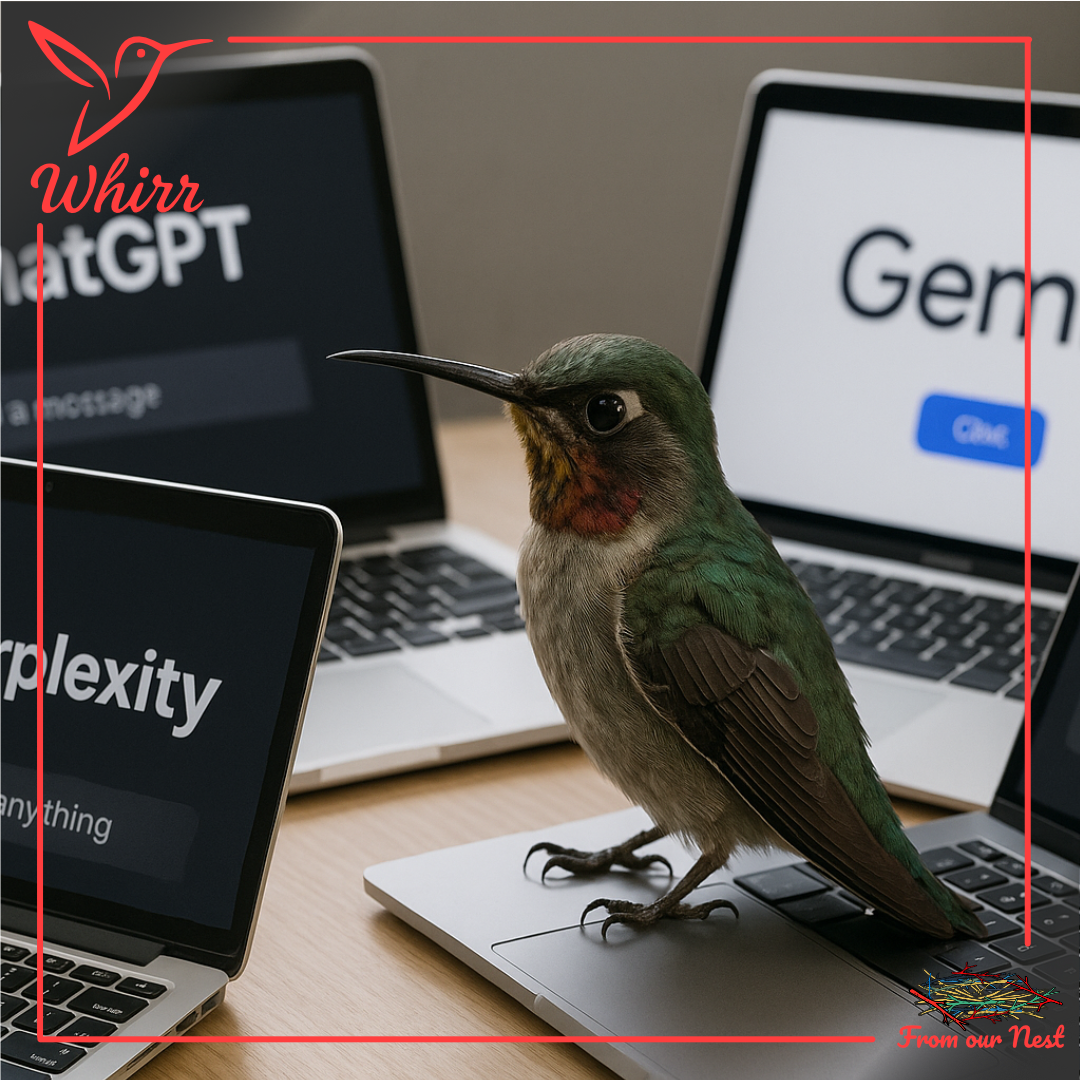
🧠 The Rise of AI Content Engines: Efficiency Meets Brand Voice
The explosion of AI content creation tools has revolutionized how marketers produce blogs, product descriptions, social posts, and even email sequences. But while these engines can write at scale, a pressing question remains:
🤖 Can AI-generated content sound like you?
At Whirr Media, we believe the power of generative AI lies not in replacing creativity—but in accelerating it. Here’s how AI content engines are being used wisely by bold brands, and the terminology you need to navigate this fast-evolving space.

📣 Influence, Amplified: The Pros, Pitfalls, and Playbook of Influencer Marketing
Influence, Amplified: The Pros, Pitfalls, and Playbook of Influencer Marketing
🌀 Whirr Media | Frictionless Flight for Bold Brands
In the ever-evolving digital landscape, influencer marketing has emerged as both a buzzword and a billion-dollar strategy. But like any powerful tool, its effectiveness depends on how—and when—it’s used. Whether you’re a fashion startup, a wellness brand, or a national CPG powerhouse, understanding the pros, cons, and evolving dynamics of influencer marketing is essential.

Creative Is the New Targeting: Why Your Ad Design Matters More Than Ever
Creative Is the New Targeting: Why Your Ad Design Matters More Than Ever
When data shrinks, creativity expands.
For years, digital advertising felt like a game of precision darts. With cookies, device IDs, and third-party data, marketers could target a very specific someone with the perfect message at the perfect time.
But privacy updates, cookie deprecation, and signal loss have changed the game.
Now? The dartboard is fuzzier. The targeting is broader. And the creative—your message, your visuals, your storytelling—is carrying more weight than ever before.

🔎 Demystifying Media Buying: What to Look for in a Media Partner
Media buying doesn’t have to be a mystery.
For many small businesses, the world of media buying feels like navigating a maze blindfolded. Buzzwords, acronyms, opaque budgets—it’s no wonder decision-makers sometimes feel more confused after meeting with a media agency than before.
At Whirr Media, we believe in frictionless flight, not foggy promises. So let’s break it down and empower you to choose the right media partner with confidence.

🌵 Summer Slowdown or Strategic Reset?
At Whirr, we believe in momentum — but not always speed. July brings a natural lull for many brands. Decision-makers are out. Campaigns pause. Feeds quiet down. It’s easy to label it a “slow month.”
We think it’s a strategic window.
While competitors coast, nimble brands use July to recalibrate, test, and set up Q4 for success. Here’s how to turn the seasonal slowdown into frictionless forward motion.

Red, White & ROI: The Pros and Cons of Advertising Around the Fourth of July
Independence or Interruption? Advertising around July 4th is a strategic balancing act. For some brands, it’s a prime window to spark attention. For others, it’s a costly time to shout into the firework-filled void. Here’s the breakdown, Whirr-style, with pros and cons of each approach.
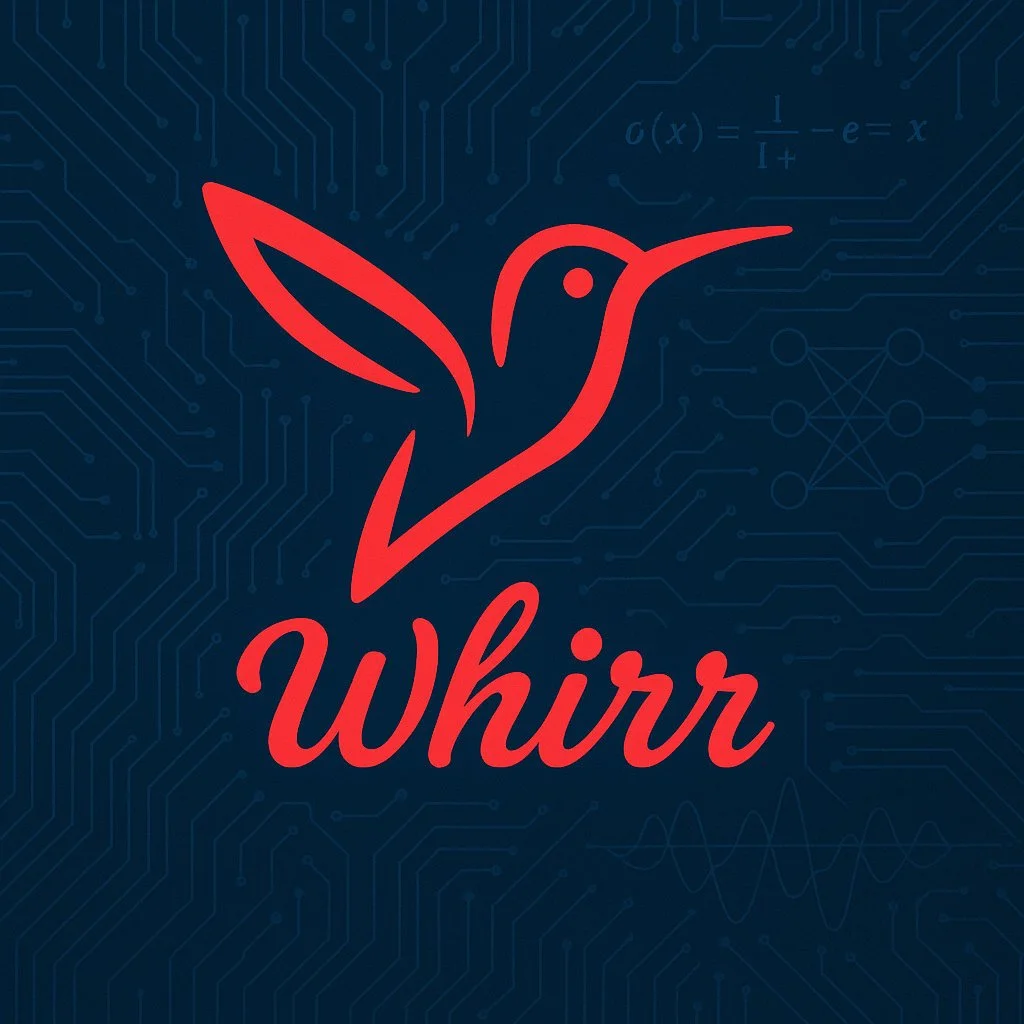
AI in Media Strategy
The promise of AI in advertising isn’t just hype—it’s already rewriting the rules of planning, buying, and optimization. From smarter bidding to predictive targeting, AI is offering brands sharper tools to fly faster and higher. But as with any new flight path, there’s turbulence too.
AI gives us Speed. Precision. Scale. But it also introduces black boxes, measurement gaps, and accountability questions that savvy marketers can’t ignore.
At Whirr Media, we’re not anti-AI—we’re anti-blind trust. We believe in harnessing the tech and asking the hard questions. Here’s a bird’s-eye view of where AI is lifting us up—and where it’s still grounded.

🚫 Principal Media Buying: Who Really Wins?
The term “principal media buying” might sound harmless—even efficient. But scratch beneath the surface, and you’ll find a practice that’s quietly reshaping the client-agency relationship, often to the detriment of transparency, trust, and long-term media performance.
At Whirr Media, we think it’s time to call it what it is: a conflict of interest masquerading as scale.


